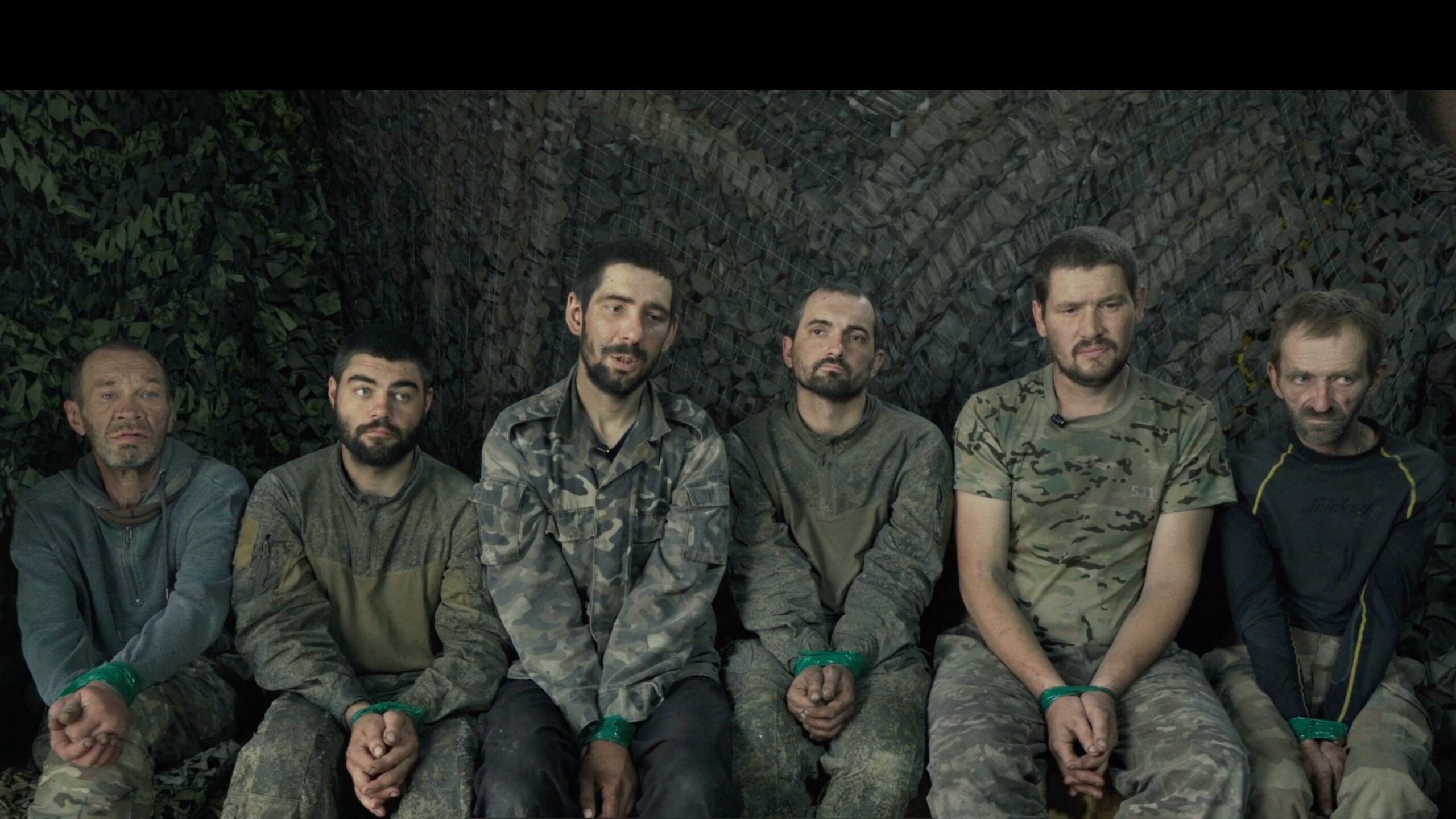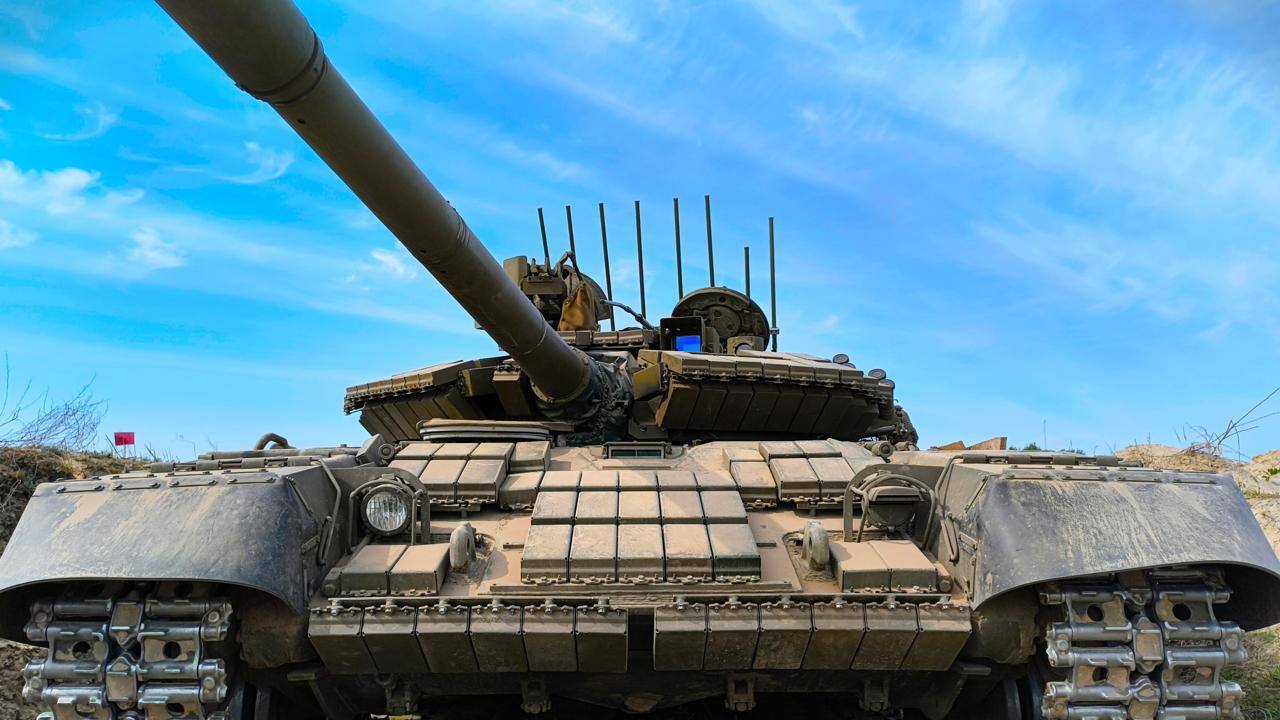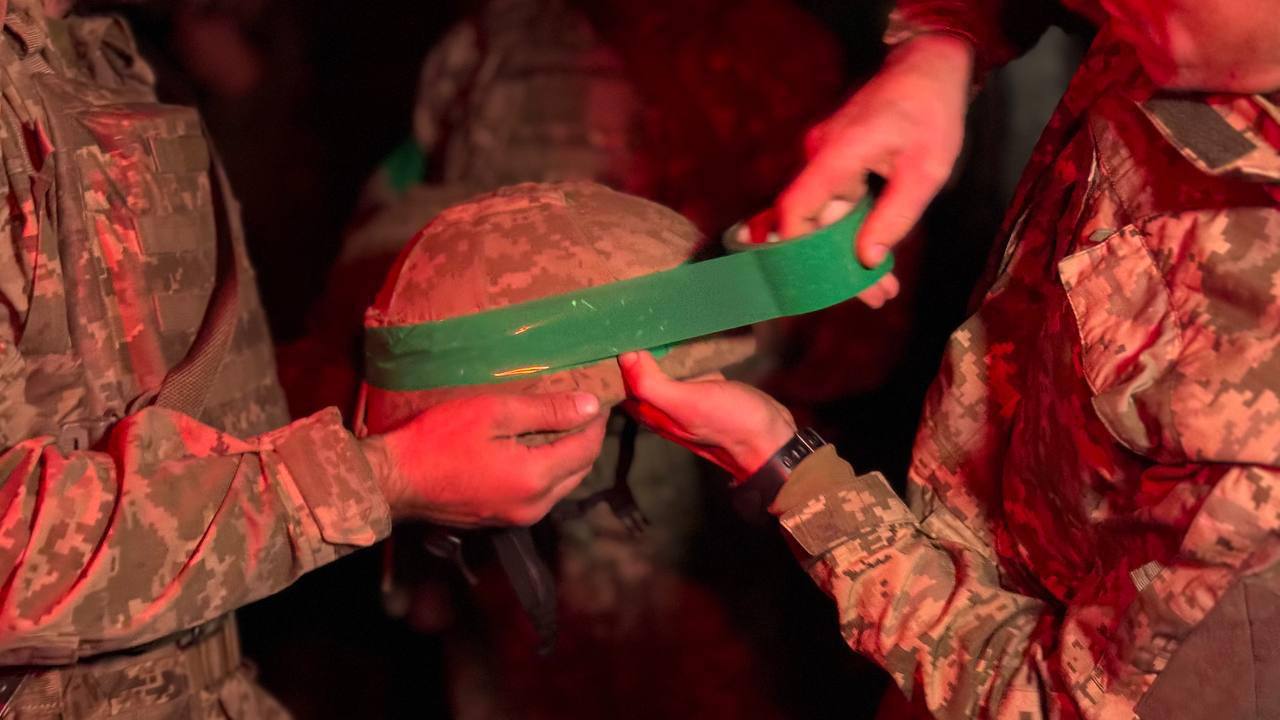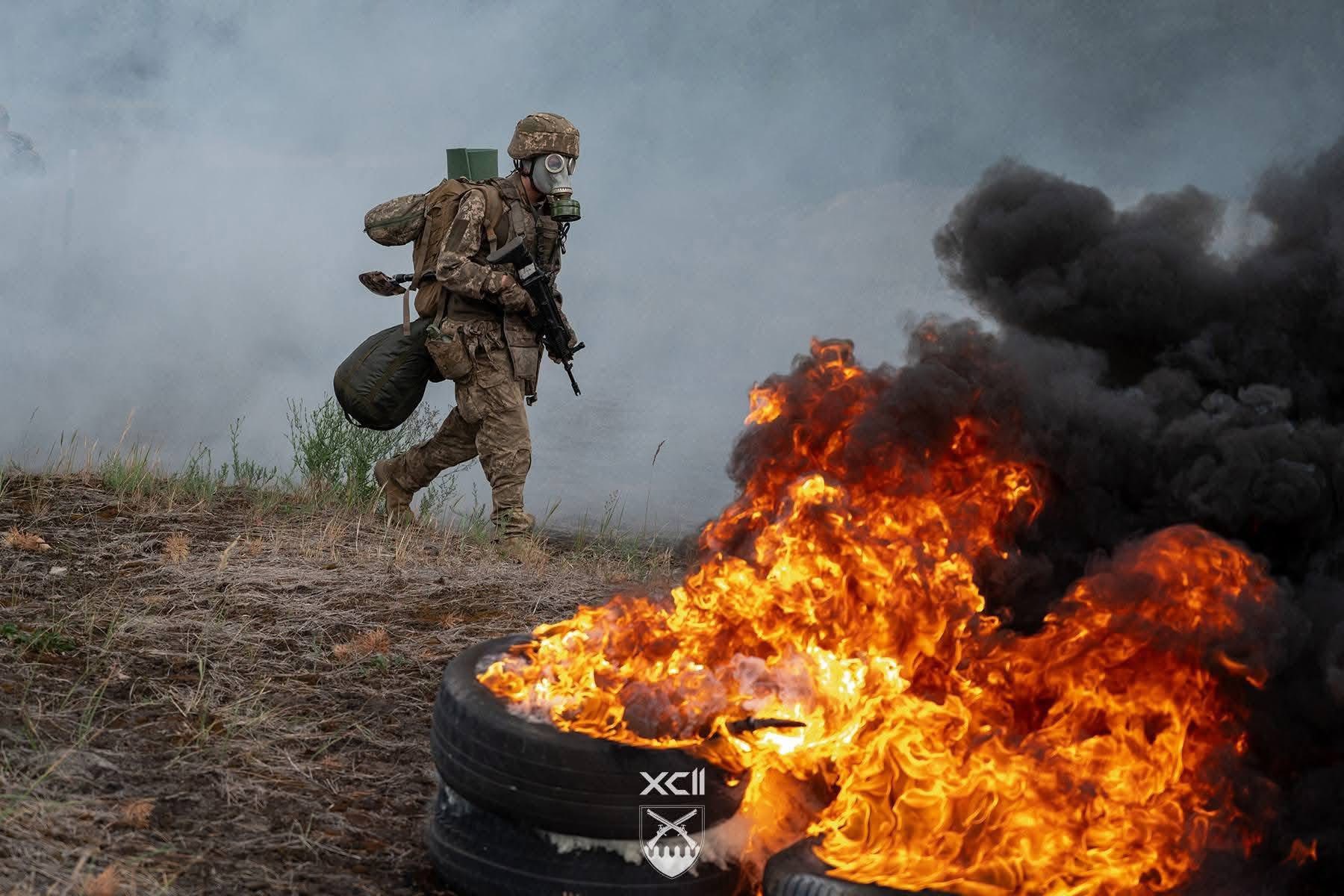The fighting around the fortress city of Pokrovsk in eastern Ukraine’s Donetsk Oblast is so fluid and chaotic that the best outside observers—independent analysts and mappers—struggle to make sense of it.
We know a big battle is coming. Potentially “the largest battle of the entire war,” according to American analyst Andrew Perpetua. But the smaller clashes leading up to that likely battle are an ominous sign. When the final battle for Pokrovsk eventually begins, it could defy conventional understanding.
Two leading mappers—Deep State and Unit Observer—have tried to pinpoint the locations of the main Russian and Ukrainian units, as well as the geographic zones of control across a 12-km front stretching from Rodynske to Dobropillia just northeast of Pokrovsk.
???????????????? Dobropillya Direction
— Unit Observer (@WarUnitObserver) September 15, 2025
Due to Ukrainian reinforcements arriving from Sumy and counterattacks by assault units, Russia redeployed elements of the 8th Army to prevent the semi-encirclement of 51st Army units, which continue their attacks in the Rodynske–Dobropillya direction. pic.twitter.com/J3vkwOETKy
Their maps don’t match. “The situation there is a total mess,” analyst Moklasen observed.
This much we know. In late July or early August, the Russian 132nd Motor Rifle Brigade slipped right past Ukrainian trenches east of Rodynske and marched on Dobropillia, which sits astride one of the two main supply lines into Pokrovsk.

The Ukrainian 1st Azov Corps raced toward the breach. In the weeks that followed, the corps may have mostly destroyed the 132nd Motor Rifle Brigade and carved up the Russian salient. Ukrainian forces “possess the initiative here,” the Ukrainian Center for Defense Strategies reported.
But how many Russians remain in the salient, and where, is unclear.
This uncertainty is becoming the new normal in Ukraine as both sides struggle to recruit enough good infantry and tiny explosive drones increasingly dominate the landscape.
Armored vehicles are too easy to spot from the air, so infantry from both sides tend to attack on foot, hoping to sneak unnoticed across a largely empty no-man’s-land that grows wider by the month as more and better drones range farther and farther.
“With manpower shortages and infiltration tactics, the front line in some areas has become far less defined and certain,” explained Tatarigami, the founder of the Ukrainian Frontelligence Insight analysis group.
“It has reached the point where even soldiers on both sides are uncertain about the front line—at least beyond their own unit’s tactical area,” Tatarigami added. “As a result, sources once considered reliable for mappers are no longer as dependable.”

The gray zone
The chaos afflicts the troops on the ground. In May 2024, a squad from the Ukrainian 3rd Assault Brigade captured a Russian radio during a bitter skirmish over a Russian-held gully somewhere north of Kharkiv in northeastern Ukraine. “We will now try to fuck them over,” the Ukrainian infantry leader said in the official video depicting the fight. “Who is a Russian-speaker?”
A Russian-speaking Ukrainian soldier hopped on the captured radio. “We’re 1st Company,” he transmitted—part of the same battalion as the Russians in the gully. The Russians shifted their fire to avoid hitting their “allies.”
“Let’s go,” the 3rd Assault Brigade infantry leader ordered. “Yell in Russian!”
By the time the Russians realized the soldiers approaching them weren’t actually allies, it was too late. They were all but surrounded.
That kind of battlefield confusion is becoming more common—and deadlier. Consider the trooper from the Ukrainian 425th Assault Regiment who recently posed as Russian, fell in with two Russian soldiers east of Pokrovsk—and then gunned them down from a few feet away.
For the 150,000 Russians and 50,000 or more Ukrainian troops currently massing around Pokrovsk, these cases of mistaken identity, and the bewildering action northeast of the city, may be previews of much wider chaos as entire field armies and corps clash in the coming weeks.
The battle is probably unavoidable at this point. “Russia has been moving forces into position in Pokrovsk for weeks/months,” Perpetua explained. “They are preparing for what could end up being the largest battle of the entire war.”
“You should not misread what is going on,” Perpetua stressed. But accurately reading the battle, once it commences, could be difficult.







